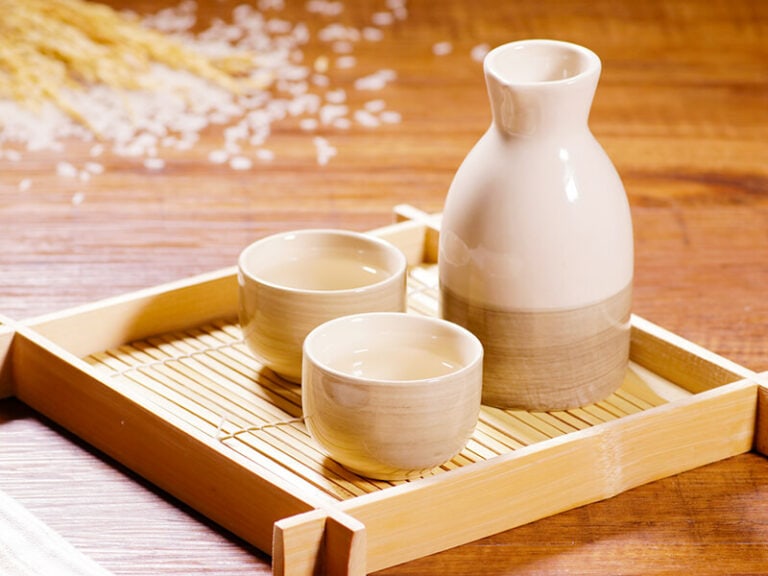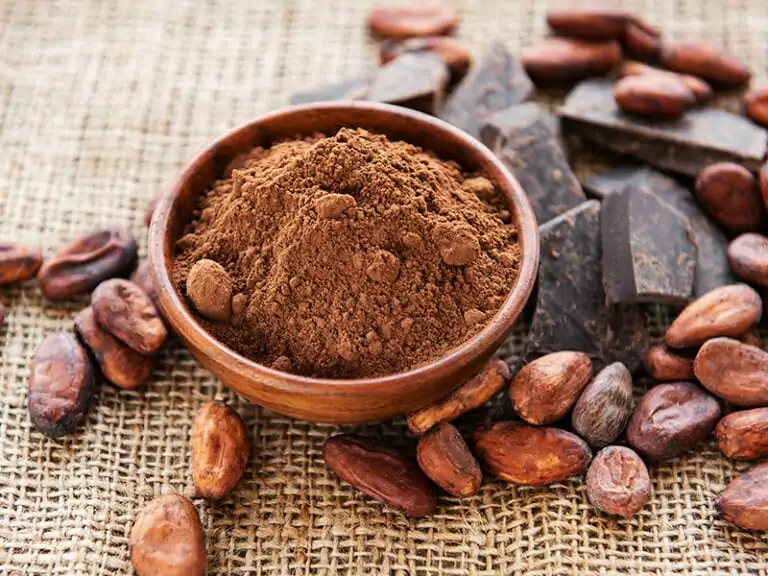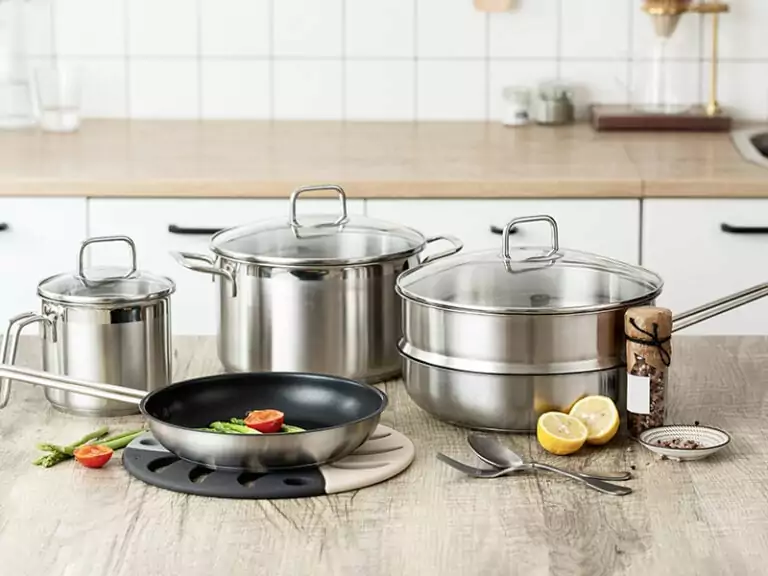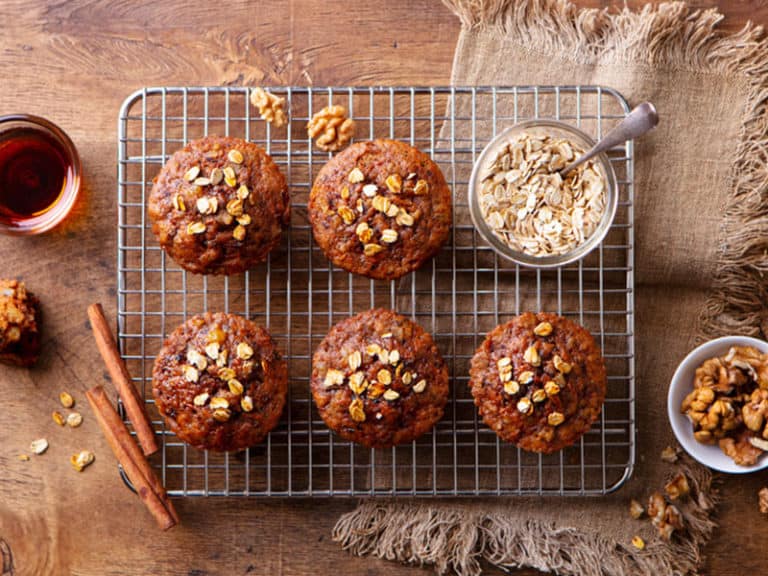What is flank steak? Does flank steak have any alternative names, and how to cook it? How is this cut different from the other common types? If you are wondering about these questions, you have come to the right place.
I will discuss everything about flank steak to give you insightful details about this gorgeous ingredient. Whether you are a meat lover or not, you will want to include flank steak in your diet after reading this post. Keep reading to find out!
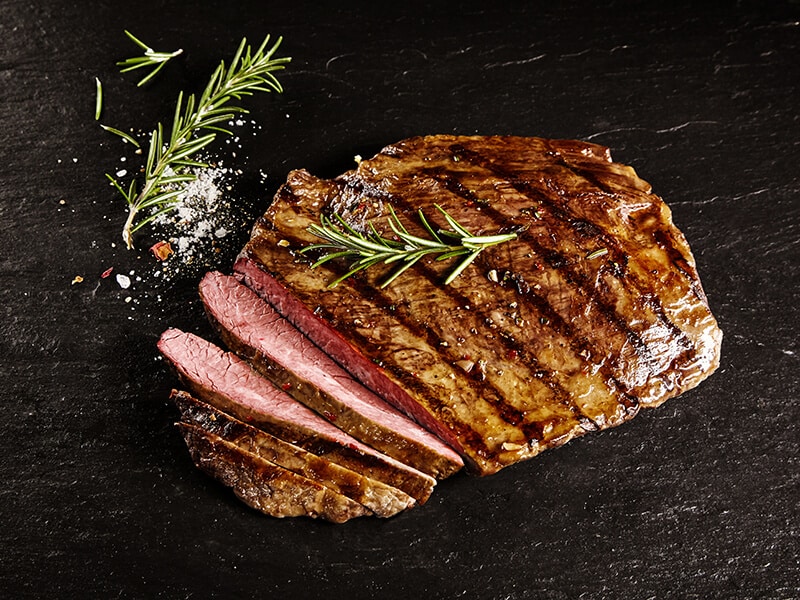
What Really Is Flank Steak?
Technically speaking, flank steak is not really a steak but a cut from the belly muscles of the cows. This meat is flavorful, lean, and very low in fat. Flank steak has a tough texture, but it can get tender and tasty through proper cooking methods.
Most flank steaks come from the cow’s abdominal muscles or lower chest, running from the animal’s rib end to its rump. Due to its long grain and flat cut, flank steak has a higher toughness than the meat pieces from the other body parts.
A cut of flank steak should be around one inch thick and one foot long, which can be tenderized through marinating and proper cooking methods. With its beefy taste and low-fat content, flank steak is a perfect ingredient for grilling recipes or beef strip dishes.
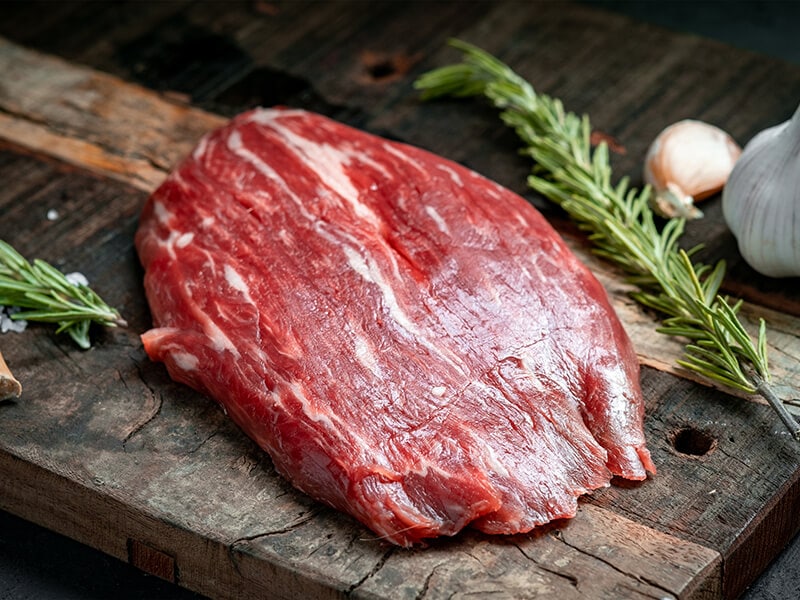
Can You Tell All The Alternative Names Of Flank Steak?
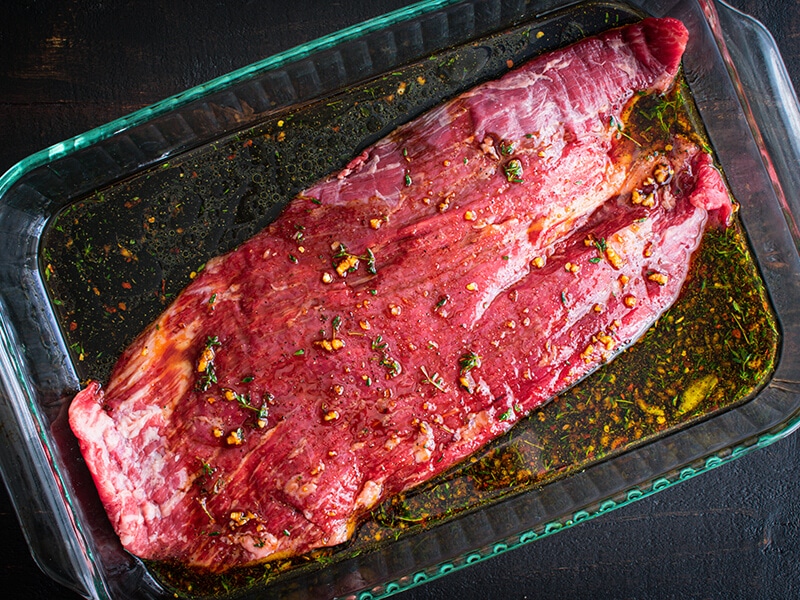
Flank steak comes in different names, depending on the region and where you buy it from. Some of this cut’s common alternative names are skirt steak, London broil, jiffy steak, or flank steak filet.
Due to many similar traits in their textures, flank steak is often mistaken as skirt steak. However, these two cuts are not the same, though they can be used interchangeably in many recipes.
A more popular and precise alternative name for flank steak is London Broil. Nowadays, this name most commonly refers to broiled flank steak, but it’s not always the case.(1)
The so-called London Broil name can indicate many other parts of the cow, such as the rib eye, top round, or sirloin. Therefore, don’t be surprised when most of the cuts labeled “London Broil” sold in the supermarket are actually round steaks.
Meanwhile, the flank steak is called bavette and arrachera steak in French and Spanish, respectively, and some English-speaking people also use this name. For these reasons, it’s best to use the name flank steak if you want to look for an authentic cut coming exactly from the cow’s abdominal muscle.
Here are the interesting facts behind the famous London Broil cut.
Flank Steak Is A Budget-Friendly And Healthy Ingredient
Flank steak is one of the most affordable cuts from a cow. Many people usually undervalue the quality of flank steak due to its thin texture, thus lowering the cut’s price. Though the cost varies in different locations, flank steak is always cheaper than other common parts, like the tenderloin or rib.
But don’t underestimate its quality. This cut is very versatile and can be used for preparing many delicious dishes. With a boneless and lean texture, flank steak is suitable for many cooking methods, like sautéing, broiling, roasting, and commonly grilling.
In addition, the nutritional content of flank steak is no less impressive. This cut is rich in protein (even higher than ribeye or porterhouse) but has lower calories for one ounce. It’s also an abundant source of phosphorus, B vitamins, and other micronutrients.(2)
Therefore, flank steak is ideal for body muscle builders and healthy eaters looking for a low-fat source of protein. Its low fat and total calories also help you control weight better without abandoning meat from your diet.
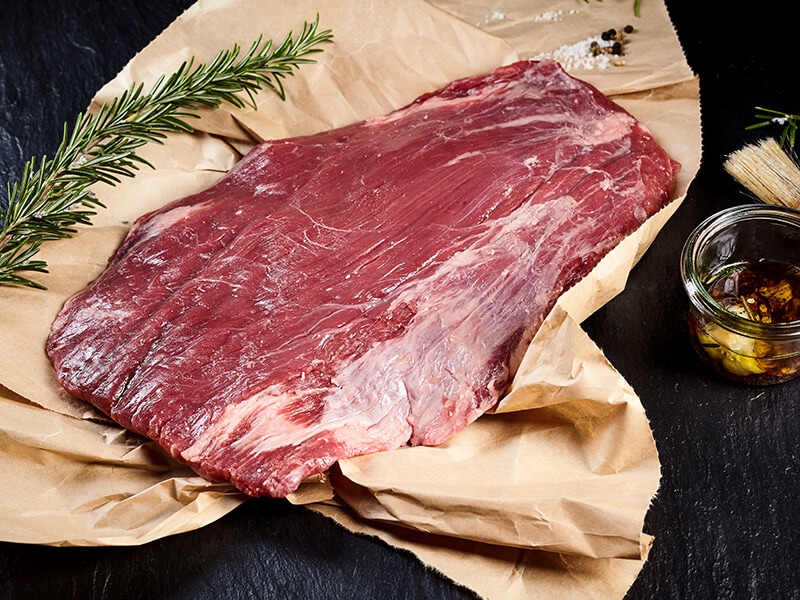
How To Cook Flank Steak?
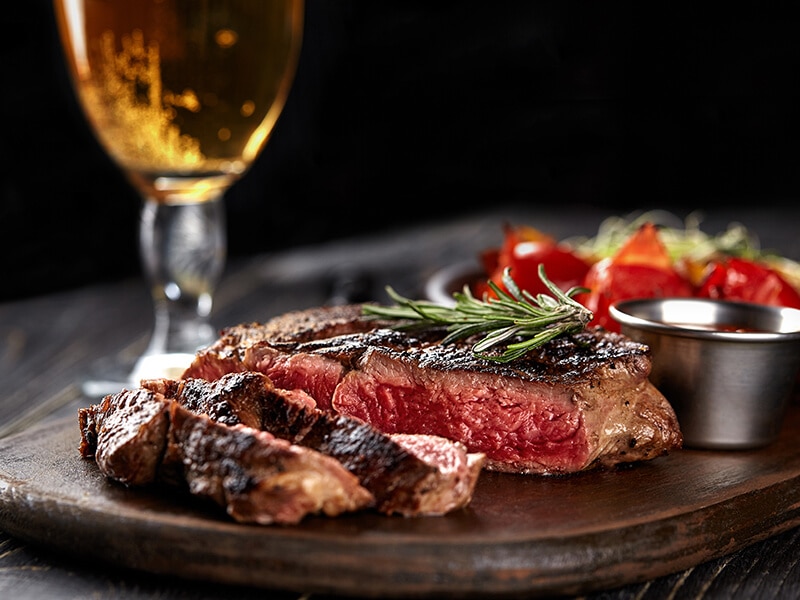
The best thing about flank steak lies in its versatility. You can prepare flank steak in various cooking methods, whether it is hot or cold, slow cooking, or briefly braising on high heat. No matter what way you choose, the steak always delivers a flavorful taste and lean mouthfeel.
Many chefs prefer to marinate flank steak with acidity substances and salt before cooking it, which gives the steak more flavor and breaks down its fibrous muscle. Therefore, if you desire a more tender and flavorful flank steak, marinating it before cooking is advisable.
Another critical factor that decides the tastiness of your flank steak is the temperature. Since flank steak features a little chewy and low-fat texture, it’s best to grill the steak to medium rare or rare rather than well-done.
The ideal internal temperature range for a tender and tasty flank steak is between 125°F and 130°F degrees after removing it from heat.
How Do You Tenderize Flank Steak?
Trimming flank steak won’t work because it contains little fat. Therefore, the best method to tenderize flank steak is to pound it using a meat mallet. You can also marinate or braise the steak to make it more tender.
Marinating a flank steak with acidity mixtures like vinegar or citrus can add more flavors to the meat and break down its tough fibrous muscle. If you desire even more tenderness, choose slow-cooked recipes to prepare your flank steak.
In addition, you should allow the cooked steak to rest for one or two minutes before slicing. This short resting time allows the remaining heat to penetrate the inner texture while the steak’s juice is evenly distributed.
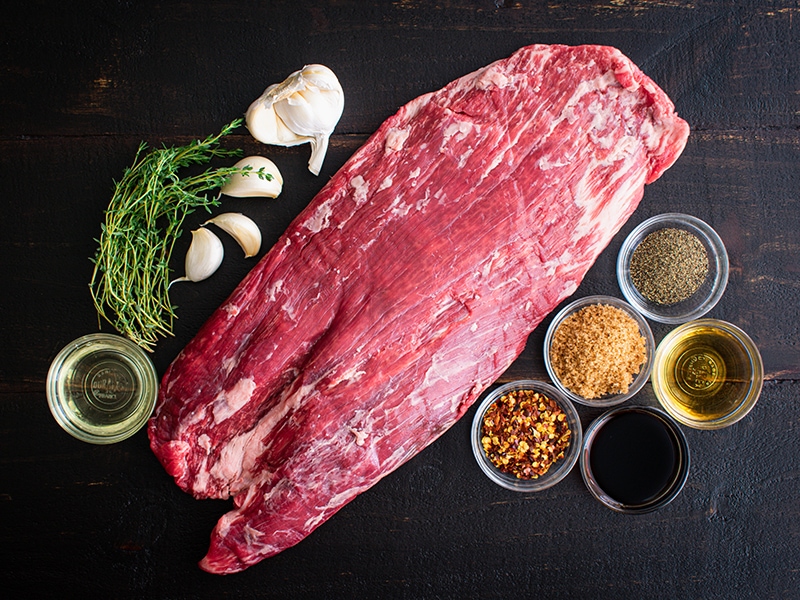
Methods To Cook Flank Steak
As mentioned above, you can either grill, slow cook, or sear the flank steak on high heat to create your favorite dishes. Here are some popular cooking methods and their advantages to consider.
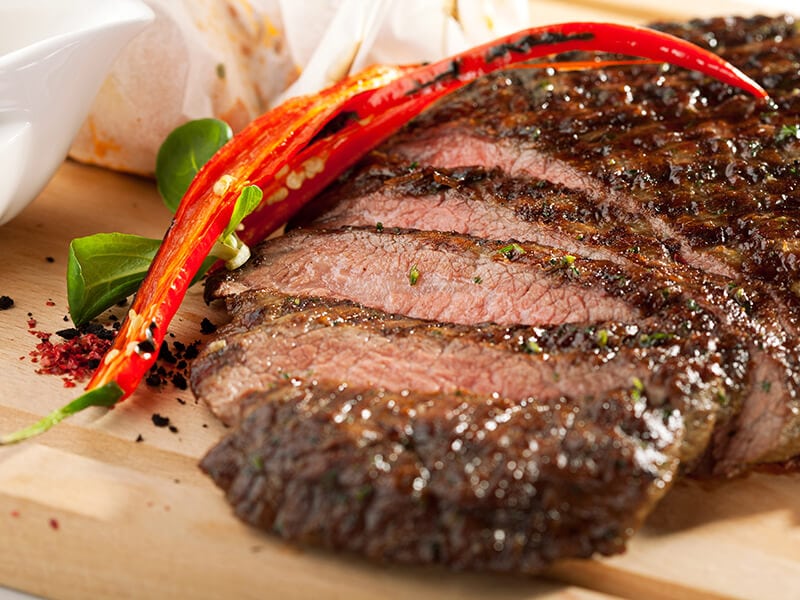
Grilling
Always marinate your flank steak if you want to grill it because the high heat from the grill can toughen the steak’s chewy texture. You can marinate it with BBQ and teriyaki sauce or use a mixture of oil, salt, and acid (vinegar, lemon juice, or soy sauce will work).
In addition, the heat can penetrate the flank steak’s lean texture very fast, and just a few seconds of overcooking can ruin its flavor. The ideal time is three minutes on a medium flame for one side before flipping to the other side.
Slow Cooking
You can slow cook the flank steak to make some delicious dishes like Mongolian beef, flank steak taco filling, or gravy. This cooking method is perfect if you want to enjoy a tender and well-done flank steak.
My recommended time for slow-cooking flank steak is from six to eight hours on low heat to break the steak’s fibrous muscles and give it a super tender texture.
Cooking On Stove
Flank steak requires only a few minutes of cooking on high heat to reach desirable textures and flavors. Therefore, you should use stoves that can tolerate high heat for cooking flank steak, such as cast-iron skillets.
Don’t forget to spray the skillets’ surface with olive oil and cooking spray before putting on the steak. Cook each side over medium-high heat for around two to three minutes, and you’ll get a delicious medium-rare flank steak.
Cooking In The Oven
Cooking flank steak in the oven can give you a quick and convenient meal with no less flavorful tastes than the other methods. You’ll need to coat the steak with olive oil, seasoning materials, and marinating mixture to keep its texture juicy and tender.
Then, set your oven to high heat and cook the steak for one to five minutes on high heat before flipping it to the other side. Remember to let the steak rest before slicing so the temperature and juice can spread evenly on its texture.
Some Delicious And Easy Recipes To Use Your Flank Steak
Some of my favorite recipes for making flank steak are the steak fajitas, beef taco, or flank steak salad. The short recipes below will instruct you on preparing these yummy and healthy dishes for a filling and nutritious meal.
Flank Steak Fajitas
The flank steak mixed with veggies and red pepper flakes makes a filling dinner with its salty and spicy flavors. Here is how to prepare this gorgeous dish in just twenty minutes.
Total time: 20 minutes (for 10 servings)
Ingredients: You’ll need flank steak, and veggies like red onions, bell peppers, and mushrooms. Don’t forget the basic seasoning materials like salt, powders, and sauce.
Instructions:
- Step 1: Mix the spices in one small bowl.
- Step 2: Put your skillet on high heat and spray it with olive oil before adding in veggies. Saute them for ten mixtures until they turn crispy.
- Step 3: When the veggies are nearly done, season them with the seasoning mix and minced garlic. After two minutes, put the cooked vegetables in the dish.
- Step 4: When the skillet is still hot, add the flank steak and pour in the sauce and the remaining seasoning mixture. Toss the meat on high heat for two or three minutes until it turns brown.
- Step 5: Add the vegetables and stir with the meat, then drizzle them with lime juice.
- Step 6: Serve the mixture with tortillas and toppings like cilantro, salsa, or sour cream.
Grilled Flank Steak Salad
The savory flavor and herby, aromatic scent of this grilled flank steak salad recipe will make you feel good. Here is the easiest way to prepare this delicious meal.
Total time: 2 hours and 10 minutes, including 2 hours of marinating time (for 4 servings)
Ingredients: flank steak, dry rub, vegetables, and marinating materials like soy sauce, garlic, ginger, and herbs.
Instructions:
- Step 1: Combine marinating materials in a freezer bag and mix well before adding flank steak to the bag.
- Step 2: Refrigerate the bag for a few hours, with occasional shaking.
- Step 3: Set the grill to high heat (450ºF – 500 ºF), then season the flank steak’s both sides with dry rub.
- Step 4: Grill the flank steak for 4-5 minutes per side. Consider adding grilling time if you want a well-done texture. Use a digital thermometer to check the meat’s internal temperature, which should reach 130ºF – 135ºF.
- Step 5: Remove and let the flank steak rest until it is cool enough to cut into thin slices.
- Step 6: Toss the vegetables with the salad dressings of your choice and mix them with the grilled flank steak to serve.
Learn to cook the delicious grilled flank steak salad in just two minutes!
How To Buy A Good Cut Of Flank Steak?
An authentic and high-quality flank steak should be boneless, lean, and come in a single piece. A typical cut of flank steak is around 1 or 2 pounds in weight and 5 or 6 inches wide, plus 1 inch in thickness.
The leaner the meat, the more flavorful and delicious it is. A fresh cut of flank steak also has a deeper reddish color than the other types, with visible muscle fiber strands running along its texture.
Avoid steaks with signs of discoloration, dark spots, or a mild brown texture. They are probably no longer fresh. In addition, a flank steak that contains too much fat either comes from the wrong part or was trimmed improperly.
Lastly, don’t buy flank steak from unreliable sources and butcheries, no matter how beautiful it looks. Choose supermarkets or reputable local providers with proof of their meat’s quality.
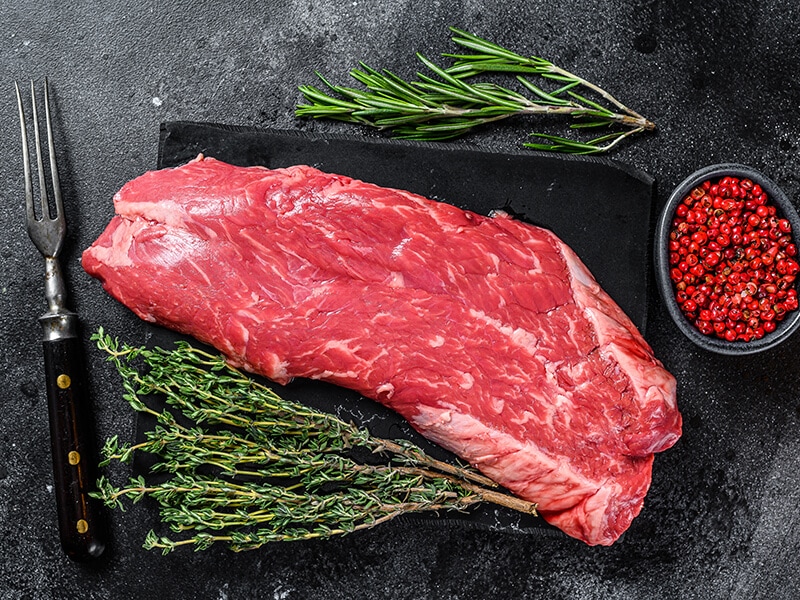
Helpful Tips To Keep Your Flank Steak In Fine Conditions For Longer
Always wrap your fresh flank steak in a box, supermarket packaging, or butcher paper before putting it in the fridge. Though flank steak can last in the fridge for four days, it’s best to cook the meat as soon as possible to ensure its freshness and flavor.
If you want to store flank steak for longer, keep it in the original packaging from the stores or supermarkets. Consider vacuum-sealing the flank steak package before freezing, which can prolong its lifespan to one year.
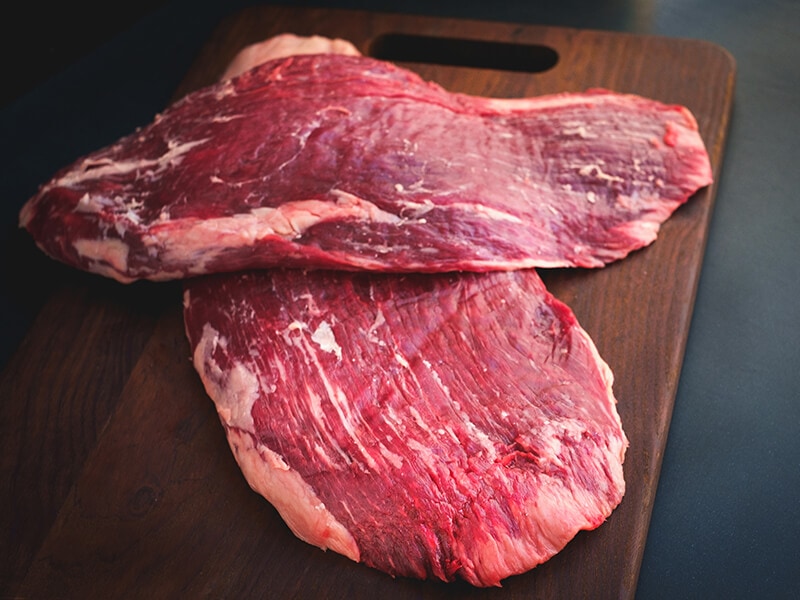
Alternative Cuts To Use If You Don’t Have Flank Steak
Flank steak is super nutritious and flavorful, but it is not the sole option for meat lovers. If you are craving a juicy and delicious grilled flank steak but the market has run out of stock, use these excellent alternatives.
Skirt Steak
Skirt steak is one of the best alternative options for flank steak, which comes from the cow’s short plate or diaphragm area. It is versatile and can be used interchangeably with flank in many recipes, whether it’s grilling, broiling, or slow cooking.
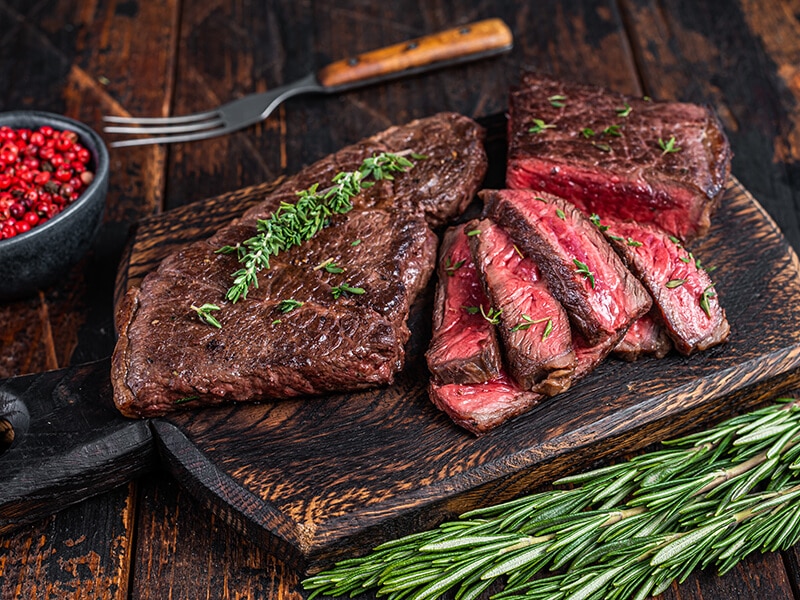
Top Round
Top round is a great option to substitute flank steak in roasting beef or marinating recipes. It shares many traits in common with flank steak, from the mild, chewy, and lean texture to a very affordable price.
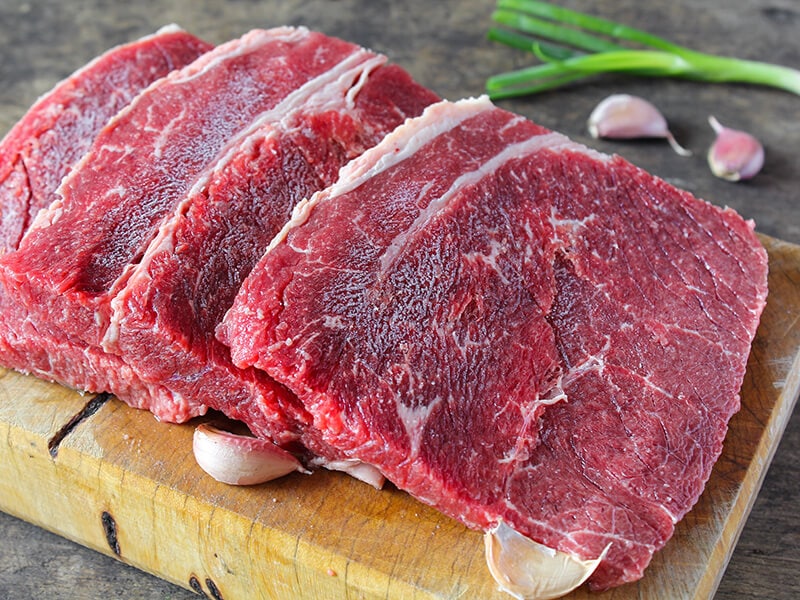
Hanger Steak
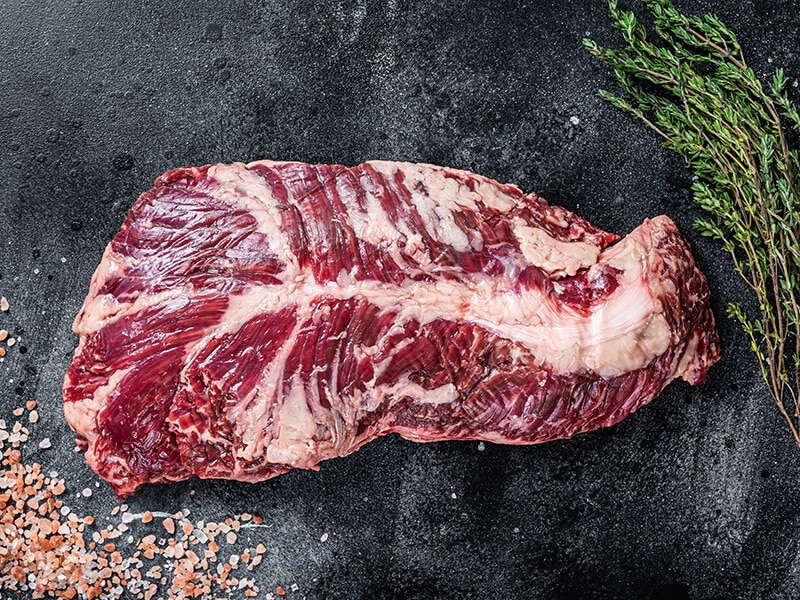
The core feature that makes hanger steak different from flank lies in its higher fat content. Therefore, hanger steak is more juicy and tender, making it an ideal substitution for flank steak in beef fajitas and recipes that require marinating.
Discover more interesting facts about hanger steak here!
Flat Iron Steak
Also known as top blade steak, this cut comes from the shoulders and chuck primal of the cow. These body parts connect many fatty tissues that connect the top blade roast. Though flat iron steak is thicker than flank, it delivers a very beefy and flavorful taste.
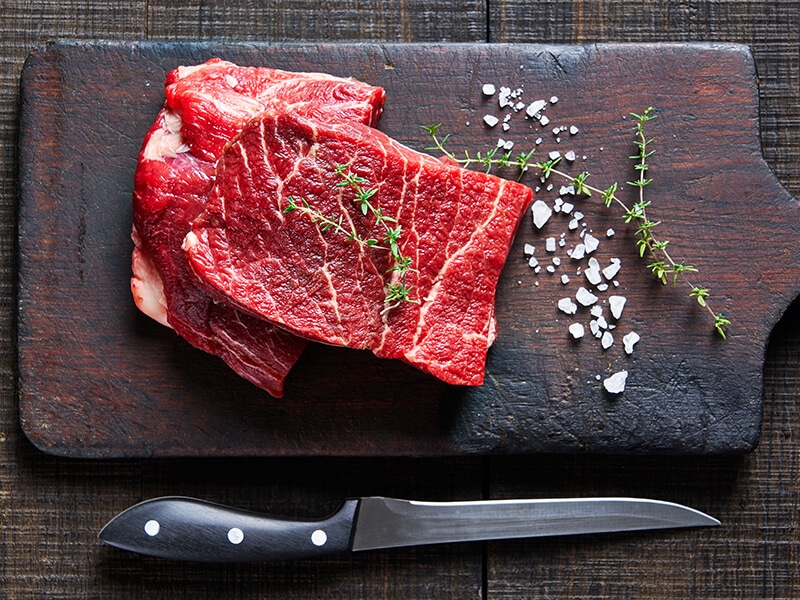
FAQs
Have you ever tried making flank steak and ended up with a chewy, dry meat texture? If the answer is yes, the interesting information in the section below will help you. In addition, you can find the answers to many similar problems as well.
Flank Steak Is A Greater Cut Than You Think
In summary, flank steak is a nutritious and lean cut from the cow’s abdominal muscles. It has little fat and features a little chewy texture. Due to its flavorful taste and more affordable prices, flank steak appears in many delicious recipes with different cooking methods.
What do you like most about flank steak? If you have a finely cut and fresh flank steak in your fridge, what dish would you prepare? I’m really curious to know, so don’t hesitate to share your ideas with me via comments.
If you like flank steak, remember to prepare and soften it properly to get a satisfying meal. Lastly, please share this post and give me a thumb up if you’re satisfied with the information provided! Have a nice day!
References
- Wikipedia.org. 2022 London Broil.
- Menshealth. 2015 Flank Steak.
- Exploratorium.edu. What Makes Meat Juicy And Tender.


